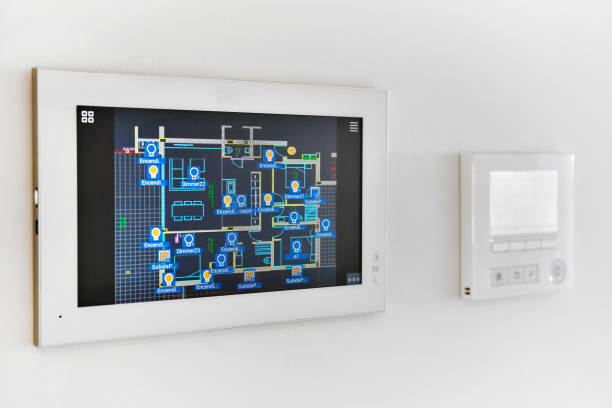
What is a BMS?
Share
What is a Building Management System (BMS)? A Complete Guide
In today’s era of smart infrastructure, Building Management Systems (BMS) are transforming how commercial and industrial facilities operate. From improving energy efficiency to enhancing occupant comfort, a well-implemented BMS is crucial for modern building operations.
In this blog, we’ll explore:
- What a Building Management System is
- Key components and functions
- Benefits of using a BMS
- How to choose the right BMS for your facility
- Future trends in building automation
What is a Building Management System (BMS)?
A Building Management System (BMS)—also known as a Building Automation System (BAS)—is a centralized control system that monitors and manages a building’s mechanical, electrical, and electromechanical services. These typically include:
- Heating, ventilation, and air conditioning (HVAC)
- Lighting systems
- Power systems
- Fire safety systems
- Security systems
By integrating these services, a BMS provides a unified platform to optimize performance, reduce energy consumption, and enhance the overall safety and comfort of a building.
Key Components of a BMS
A typical BMS includes the following components:
-
Sensors and Actuators
These detect environmental data like temperature, humidity, CO₂ levels, and light intensity. -
Controllers
Controllers process input from sensors and issue commands to actuators, HVAC units, or lighting systems. -
User Interface
Usually a web-based dashboard or software platform that provides real-time monitoring, analytics, and manual control. -
Communication Protocols
Common protocols include BACnet, Modbus, and KNX, which enable devices from different manufacturers to communicate.
Top Benefits of a Building Management System
1. Energy Efficiency
A BMS helps optimize energy use by automatically adjusting lighting, HVAC, and equipment operations based on occupancy and environmental conditions.
2. Cost Savings
Lower utility bills, fewer equipment failures, and reduced maintenance costs make BMS an excellent return on investment.
3. Enhanced Comfort
By maintaining consistent temperature, lighting, and air quality, BMS ensures a healthier and more productive environment for occupants.
4. Remote Monitoring and Control
Facility managers can monitor and control building systems from anywhere via mobile or desktop platforms.
5. Compliance and Reporting
BMS can generate reports needed for certifications such as LEED, WELL, or BREEAM, supporting sustainability initiatives.
Choosing the Right BMS for Your Facility
When selecting a Building Management System, consider the following:
- Scalability: Will it support future expansion?
- Interoperability: Can it integrate with existing systems?
- User Experience: Is the interface intuitive and accessible?
- Data Analytics: Does it offer insights and predictive maintenance features?
- Support and Service: Is there reliable technical support and training?
Emerging Trends in Building Management Systems
As technology evolves, BMS platforms are becoming smarter and more integrated. Here are key trends to watch:
- AI & Machine Learning for predictive analytics
- IoT integration for real-time data gathering
- Cloud-based BMS for easier access and scalability
- Cybersecurity enhancements to protect critical infrastructure
- Green building initiatives driving eco-conscious control systems
Conclusion
A well-designed Building Management System is more than just a control panel—it's a strategic investment in energy efficiency, safety, and long-term building performance. Whether you manage a high-rise office, a hospital, or a university campus, a BMS can streamline operations and elevate your building’s intelligence.
Looking to install or upgrade your BMS? Our team of experts can help you design and implement a tailored solution that meets your facility’s unique needs.
